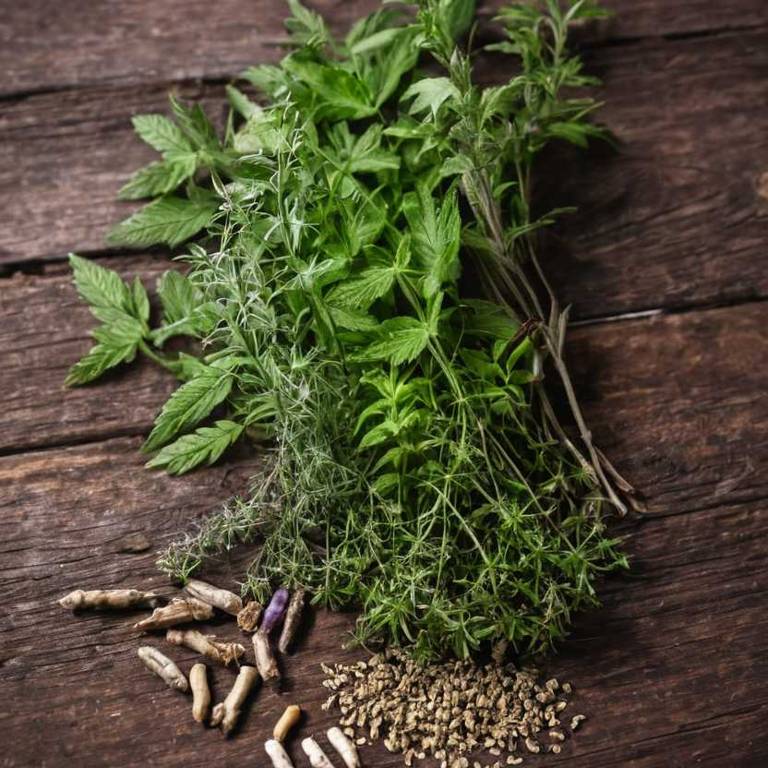Conyza Canadensis: What To Know Before Using It For Medicinal Purposes

Conyza canadensis, commonly known as horseweed or beggarweed, has been traditionally used in herbal medicine for its potential therapeutic properties.
It contains various bioactive compounds such as flavonoids, alkaloids, and phenolic acids, which may contribute to its medicinal value. In folk medicine, it has been employed to treat respiratory conditions, skin ailments, and digestive issues due to its anti-inflammatory and antimicrobial effects. Recent scientific studies suggest that extracts from this plant may possess antioxidant and antidiabetic properties, supporting its use in complementary medicine.
However, further research is needed to fully understand its pharmacological potential and ensure safe usage.
Health Benefits
Conyza canadensis has several health benefits, such as its potential anti-inflammatory and antioxidant properties that may support overall wellness.
It contains bioactive compounds that could help reduce oxidative stress in the body, which is linked to various chronic diseases. Some studies suggest that it may have antimicrobial effects, potentially aiding in the treatment of infections. Additionally, it has been explored for its role in supporting respiratory health and reducing allergic reactions.
However, more research is needed to fully understand its therapeutic potential and ensure its safe use in herbal medicine.
10 Best Health Beneift of Conyza canadensis
Bioactive Constituents
Conyza canadensis has several bioactive constituents, such as flavonoids, terpenoids, and alkaloids, which have been identified for their potential medicinal properties.
These compounds exhibit antioxidant, anti-inflammatory, and antimicrobial activities, making them valuable in the development of natural therapeutic agents. Flavonoids in the plant contribute to its ability to neutralize free radicals, thereby protecting cells from oxidative stress. Terpenoids are known to modulate immune responses and may aid in the treatment of inflammatory disorders.
Alkaloids, although less studied, show promise in pharmaceutical applications due to their diverse biological effects.
Medicinal Preparations
Conyza canadensis has several medicinal preparations, such as teas, tinctures, and topical salves, which are traditionally used to address a variety of health concerns.
The dried leaves and flowers are commonly steeped in hot water to make a herbal tea believed to possess anti-inflammatory and analgesic properties. Tinctures prepared from the plant are often used to support respiratory health and alleviate symptoms of colds and coughs. Additionally, some preparations involve the use of the plant's seeds, which are ground into a powder and applied externally for skin conditions.
These traditional uses highlight the plant's potential in complementary and alternative medicine, though further scientific research is needed to confirm their efficacy.
Side Effects
Conyza canadensis can have some side effects, such as skin irritation and allergic reactions in sensitive individuals.
Contact with the plant's hairy stems and seeds may cause itching, redness, or rash due to the presence of irritant compounds. Ingestion of the plant can lead to gastrointestinal discomfort, including nausea and vomiting, particularly in livestock and pets. Long-term exposure may contribute to respiratory issues, such as asthma-like symptoms, in people with existing allergies.
Additionally, the plant's allergenic properties may exacerbate hay fever or other allergic conditions in those who are prone to them.